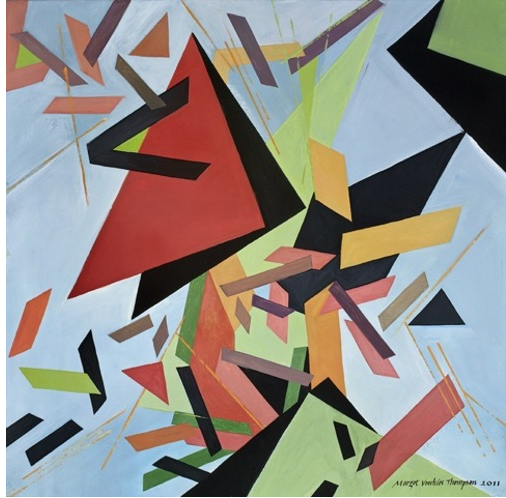 Margot Voorheis Thompson/Sitka Invitational
Margot Voorheis Thompson/Sitka Invitational
By Bob Hicks
Tonight is First Thursday, Portland’s monthly gallery art walk. (We also have First Friday, Last Thursday and a few other gatherings, but this remains the big one.) Of course you don’t have to see the new exhibits tonight — most of them will be up all month — but if you like the party atmosphere and the thrill of being there first, tonight’s the night.
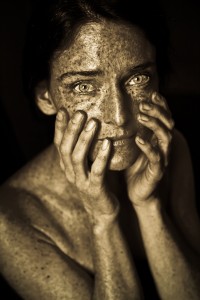 As always there’s a lot to see, more than any sane person can manage in a single evening. I have this roundup of highlights in this morning’s Oregonian, and as much as it covers, it leaves more out. Catch what you like, catch what you can, and remember: you have pretty much all of November to catch up with what you don’t catch tonight.
As always there’s a lot to see, more than any sane person can manage in a single evening. I have this roundup of highlights in this morning’s Oregonian, and as much as it covers, it leaves more out. Catch what you like, catch what you can, and remember: you have pretty much all of November to catch up with what you don’t catch tonight.
This weekend is the 18th annual Sitka Art Invitational at the World Forestry Center, just across from the Oregon Zoo. I covered the basics in this story on OregonLive. There are special events Friday night and Saturday after hours, but the big party is 10 a.m.-4 p.m. Saturday and Sunday, and it’s a bargain: $5 (or free, if you’re younger than 18) gets you in the door, with unlimited return visits. About 120 artists, many of them leading regional names, will have roughly 450 works for sale, all to benefit the Sitka Center for Art and Ecology at Cascade Head on the northern Oregon coast. I’ve visited there, and it’s a very cool place, a haven for artists in residence and also a busy center for people wanting to take short-term art and nature courses.
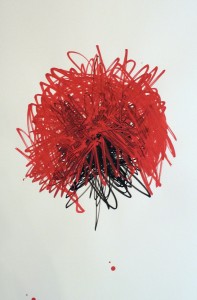
ILLUSTRATIONS, from top:
- Margot Voorheis Thompson at the Sitka Art Invitational.
- Fritz Liedtke, “April,” from his show “Astra Velum” at Blue Sky.
- Jim Neidhardt’s “Atomic Fireball” at the Littman Gallery show “foreGround,” curated by Jeff Jahn of PORT.
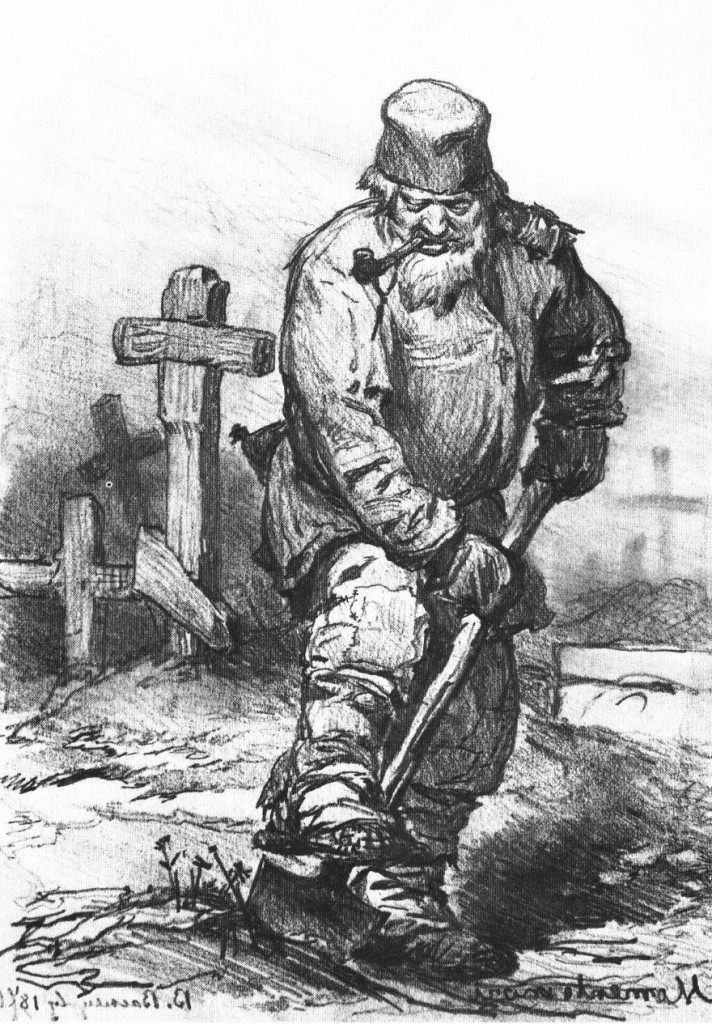 At least, judging by his junk mail, the world seems to think so.
At least, judging by his junk mail, the world seems to think so.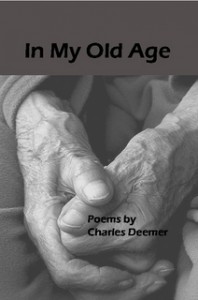 That’s Portland writer Charles Deemer’s poem The Bottom Line, from his new collection
That’s Portland writer Charles Deemer’s poem The Bottom Line, from his new collection 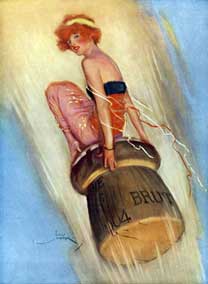 Mr. Scatter recalls being impressed as a child by the tale of Noah, who after steering his ark at long last into port dipped into the wine cellar and got so snozzled that he stumbled into his tent, stripped off all his clothes, and fell into a deep naked snooze. This caused considerable consternation once he woke up, and somehow Noah, who after all was “a just man and perfect,” pinned the blame on his son Canaan, who as winemaker had apparently amped up the alcohol content. (He might have been the same guy making all those head-thumping California zins in the 1970s.) It was a pioneering instance of better scapegoating through chemistry.
Mr. Scatter recalls being impressed as a child by the tale of Noah, who after steering his ark at long last into port dipped into the wine cellar and got so snozzled that he stumbled into his tent, stripped off all his clothes, and fell into a deep naked snooze. This caused considerable consternation once he woke up, and somehow Noah, who after all was “a just man and perfect,” pinned the blame on his son Canaan, who as winemaker had apparently amped up the alcohol content. (He might have been the same guy making all those head-thumping California zins in the 1970s.) It was a pioneering instance of better scapegoating through chemistry.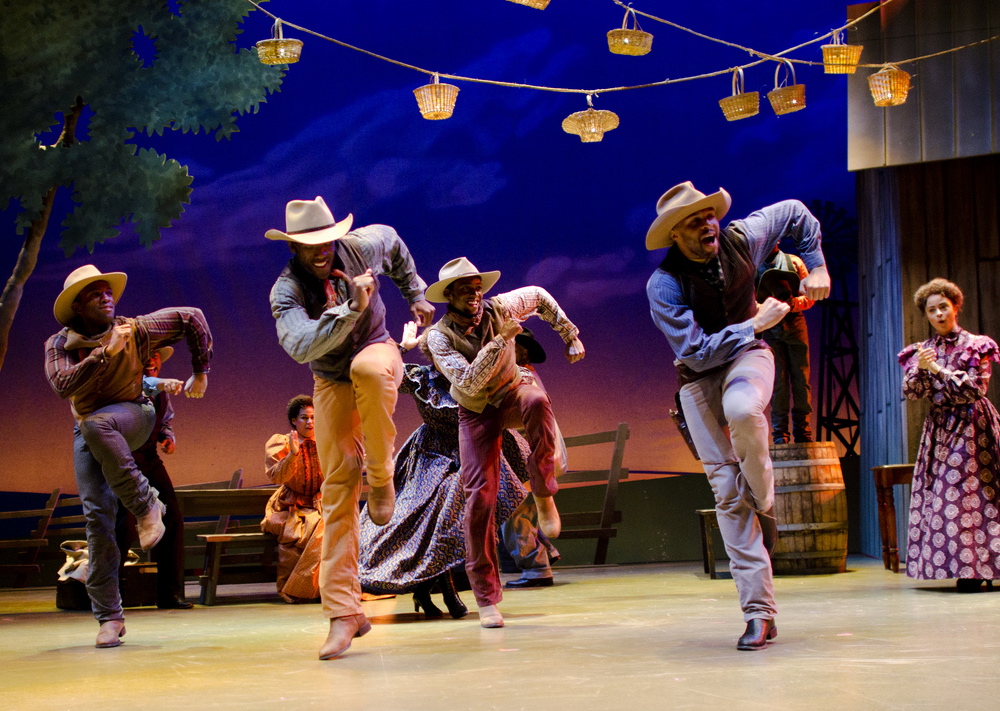 Patrick Weishampel
Patrick Weishampel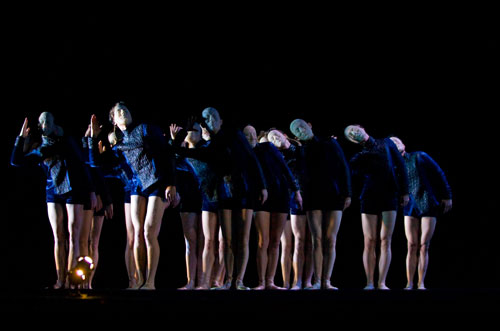 James McGrew
James McGrew Blaine Truitt Covert/OBT
Blaine Truitt Covert/OBT Still. Of course No Man’s Land is a play, but in its distillation of psychological and philosophical themes and its virtual abandonment of plot, which seems to have been dropped unceremoniously through a trap door in the stage floor, it takes on the musically suggestive qualities of dance. And of course Carmen is a ballet. But as Bizet and his opera librettists, Henri Meilhac and Ludovic Havely, devised it (they were working from an earlier novella by Prosper Merimee, who in turn may have been working from a narrative poem by Alexander Pushkin) the story is indisputably theatrical, a twisting and exciting tale of action and big moments leading thrillingly to tragedy. Stowell chose to keep those elements — indeed, Bizet’s music almost demands it — creating an uncompromisingly theatrical ballet. Fonte, working with Stravinsky’s jagged and compellingly modern score and incorporating a good deal of Fokine’s original movement style, took an opposite approach, distilling almost to the point of pure dance Petrouchka‘s sad folk tale of a puppet who comes to life, falls in love, and is murdered. (It’s a tough fate: all Pinocchio got was a long nose and a short stint in a whale’s belly.)
Still. Of course No Man’s Land is a play, but in its distillation of psychological and philosophical themes and its virtual abandonment of plot, which seems to have been dropped unceremoniously through a trap door in the stage floor, it takes on the musically suggestive qualities of dance. And of course Carmen is a ballet. But as Bizet and his opera librettists, Henri Meilhac and Ludovic Havely, devised it (they were working from an earlier novella by Prosper Merimee, who in turn may have been working from a narrative poem by Alexander Pushkin) the story is indisputably theatrical, a twisting and exciting tale of action and big moments leading thrillingly to tragedy. Stowell chose to keep those elements — indeed, Bizet’s music almost demands it — creating an uncompromisingly theatrical ballet. Fonte, working with Stravinsky’s jagged and compellingly modern score and incorporating a good deal of Fokine’s original movement style, took an opposite approach, distilling almost to the point of pure dance Petrouchka‘s sad folk tale of a puppet who comes to life, falls in love, and is murdered. (It’s a tough fate: all Pinocchio got was a long nose and a short stint in a whale’s belly.) We sometimes had interesting vespers speakers on Sunday evenings, and in my junior year
We sometimes had interesting vespers speakers on Sunday evenings, and in my junior year  The
The